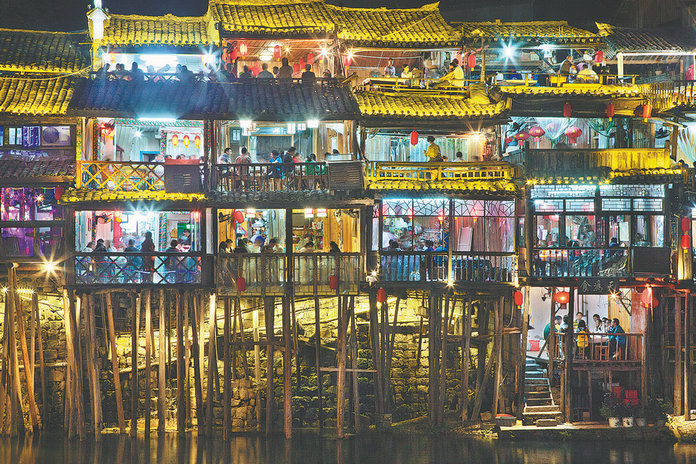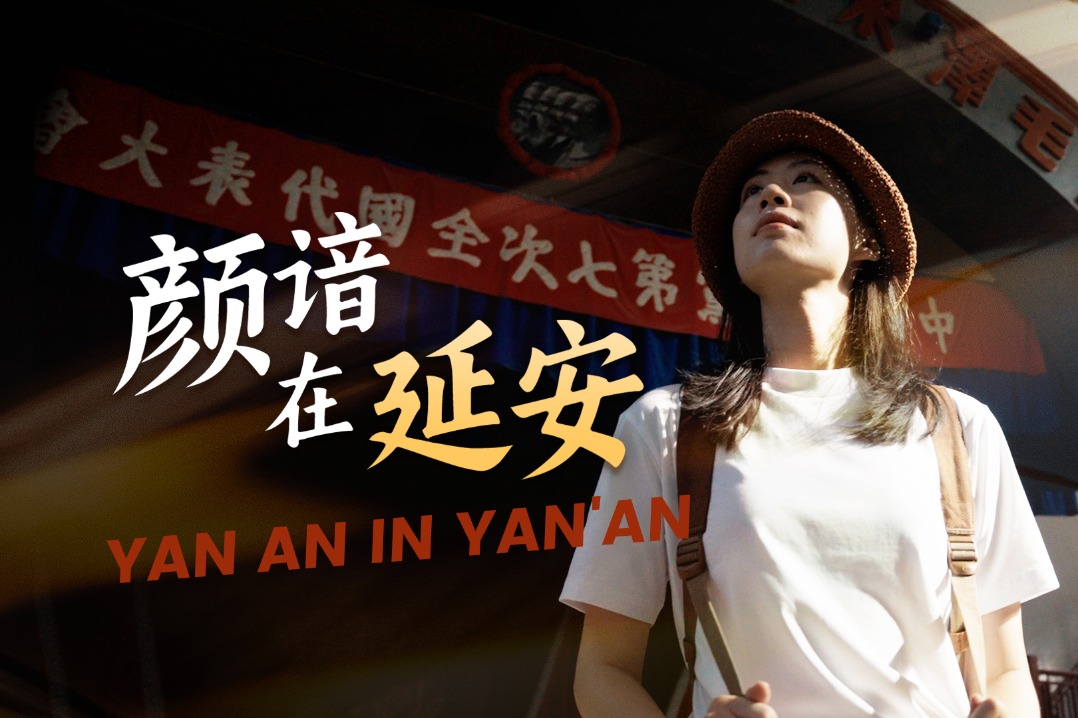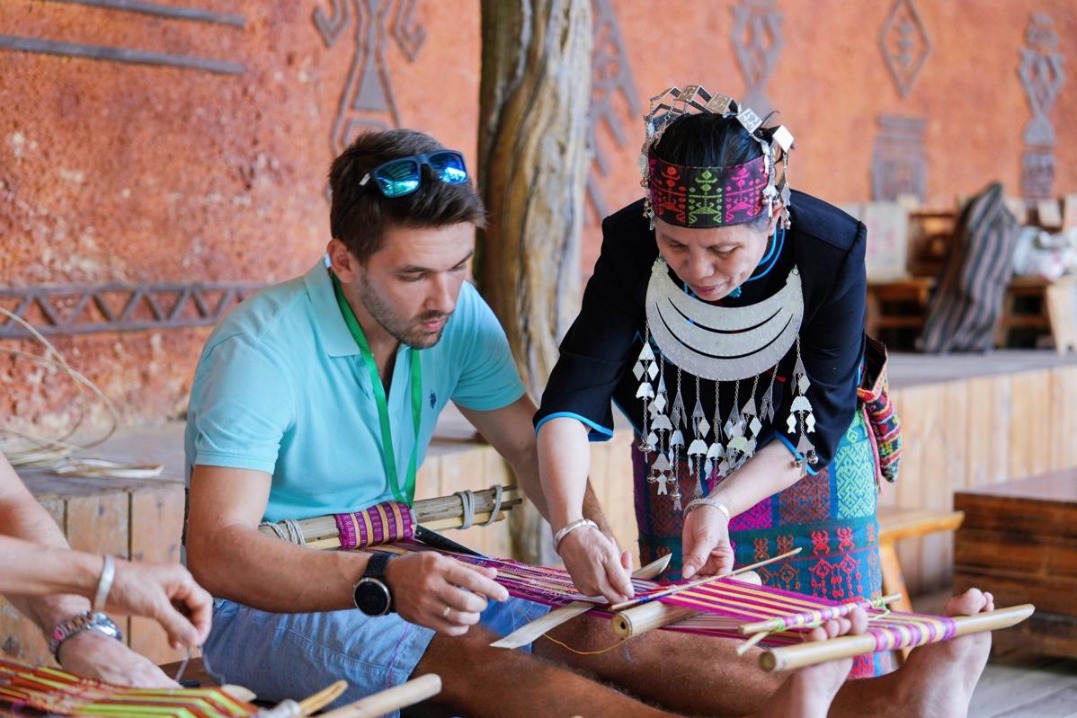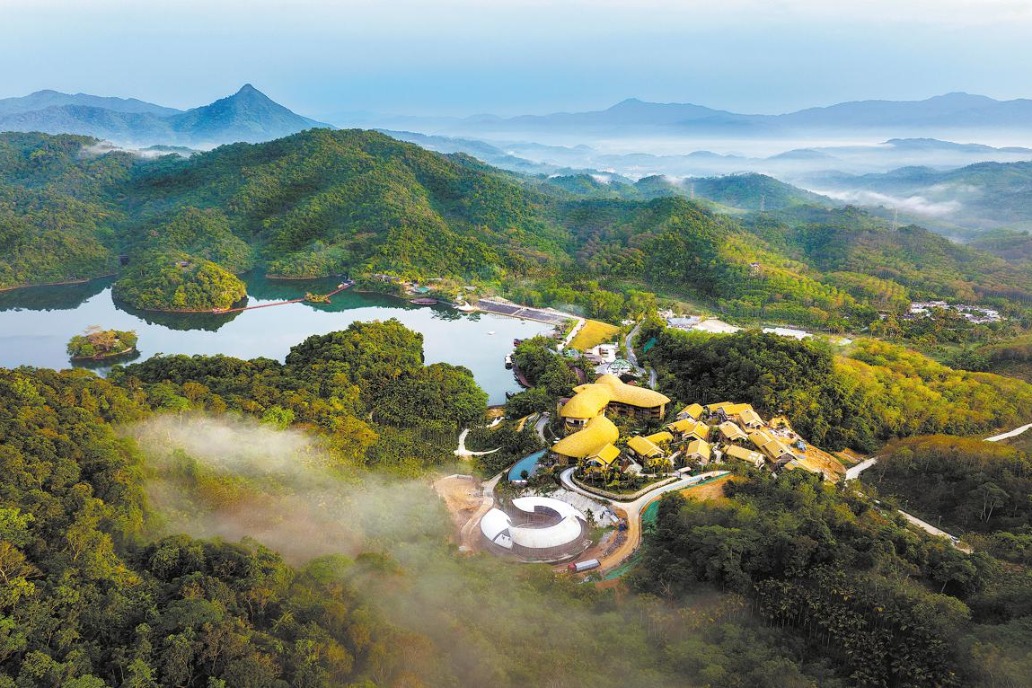Walk in the mists of time


Boating on the river is an essential experience for visitors to Fenghuang.
Starting from the wharf near the ancient town's north gate, we sailed southeast along the river. My colleague noted that many of the old stilted buildings, originally supported by numerous wooden pillars over the river, have been reinforced with rocks and concrete, rendering the wooden pillars obsolete.
As our boat approached the 600-year-old Hongqiao Bridge, I saw the long pillars standing in the water, supporting the few remaining authentic stilted buildings. These are the structures that have made the ancient town famous, described by Shen as "delicate stilted houses standing on slender, spindly legs".
The iconic Hongqiao Bridge, or Rainbow Bridge, was originally built during the Ming Dynasty (1368-1644) for auspicious purposes. It seamlessly blends function and beauty with its sturdy stone arches below and a two-story wooden pavilion above. Situated in the heart of Fenghuang, it offers convenient access to the town's attractions.
Our boat then glided under Fengqiao Bridge, or Wind Bridge, designed and funded by the renowned artist Huang Yongyu (1924-2023). This bridge, along with three others poetically named Rain, Snow and Fog, adds to the town's charm. The slender, flat Fengqiao Bridge features three pavilions in the middle and two decorated archways at its ends, showcasing Huang's artistic vision.
We then turned back and docked at the South Wharf, beside the seven-story Wanming Pagoda, and made our way to the Wanshou Palace, which also serves as the Huang Yongyu Art Museum.
A guide was regaling a group of tourists from Taiwan with stories about Huang, who passed away in 2023 at the age of 99. "A playful old soul, he drove a red Ferrari at the age of 93," the guide said. The crowd responded with a collective "wow".
























